by Sarah Segall | Apr 12, 2019 | In The Loop
La lectura
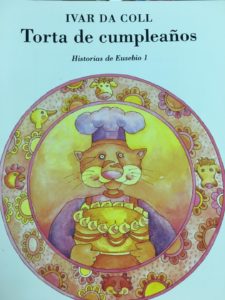 What a busy week! We started our new unit En equipo / On a team. This unit is all about working together in groups or teams to make things easier. Our first story in this unit was Torta de cumpleaños by Ivar Da Coll. This story was written as a skit and told how everyone combined their birthday gifts to bake an amazing cake for everyone to share.
What a busy week! We started our new unit En equipo / On a team. This unit is all about working together in groups or teams to make things easier. Our first story in this unit was Torta de cumpleaños by Ivar Da Coll. This story was written as a skit and told how everyone combined their birthday gifts to bake an amazing cake for everyone to share.
Next week we will work on a large mural together to show how teamwork really helps get things accomplished. Many thanks for your help cutting shapes in preparation for this project!
Many hands makes for light work.
Writing: Students wrote in their journals several times using their words of the day.
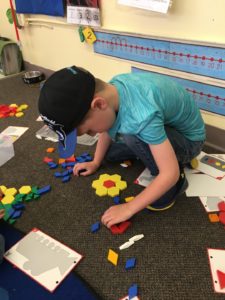 Las matemáticas
Las matemáticas
We continued having a great time with our estimation jar. Everyone is starting to get the idea of what a reasonable estimation is.
We have begun our shape study. We will combine this study with our language arts theme to create the class mural.
We have also begun working with subtraction on the number line.
History & Geography
This week we wrapped up Colonial trades people by making a class book with trades people paper dolls. We began our next unit on Kings and Queens, each student is working on a vocabulary book to go with the lessons.
Our weekly objectives were to:
• describe what a king or queen does
• identify and describe Royal objects associated with a king or queen
• indicate that kings and queens still exist today, but there were many more kings and queens long ago
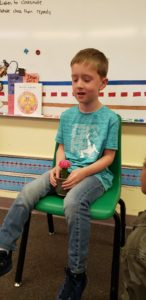 Science
Science
This week we wrapped up our Taking Care of the Earth domain with an art project and our assessment on Tuesday. We began our next domain, Plants. The class began this next study by planting some special seeds for a future activity.
Our weekly objectives were to:
• understand that plants are living things
• understand that plants need nutrients, water, air, and light
• understand that there are many different kinds and sizes of plants
• understand that different kinds of plants grow in different environments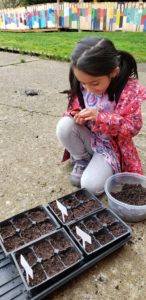
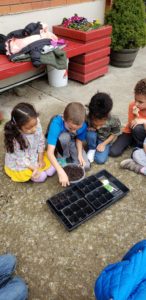
by Ivary & Paola | Mar 29, 2019 | In The Loop
La Lectura
- Demonstrate understanding of figurative language, word relationships, and nuances in word meanings.
-
Acquire and use accurately grade-appropriate general academic and domain-specific words and phrases; gather vocabulary knowledge when considering a word or phrase important to comprehension or expression.
- Explain how an author develops the point of view of the narrator or speaker in a text.
-
Compare and contrast texts in different forms or genres (e.g., stories and poems; historical novels and fantasy stories) in terms of their approaches to similar themes and topics.
- Use precise words and phrases, relevant descriptive details, and sensory language to convey experiences and events.

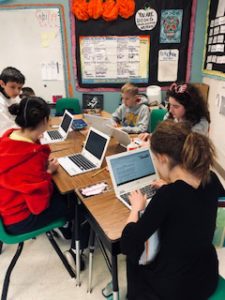
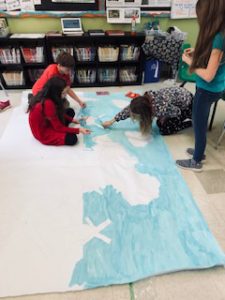
Ciencias
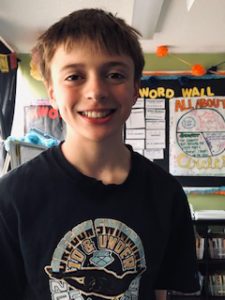
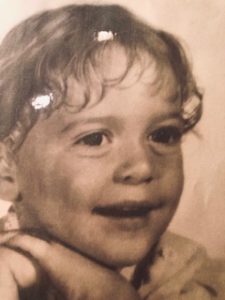
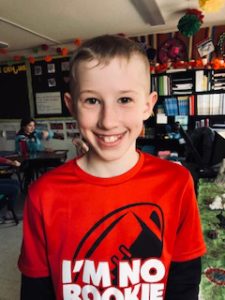
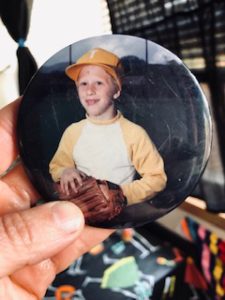
Specialists
Art With Ms. Kelly
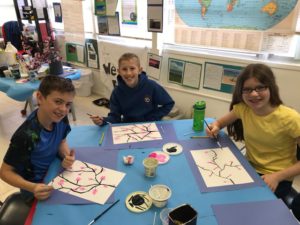 Watershed Art Design for StreamTeam Earth Day competition: Students reviewed information about watersheds and their importance to our environment. All the students did a great job creating their own landscape drawings and/or paintings of a watershed. I submitted their artwork to Clark Public Utilities StreamTeam art competition which sponsors Earth Day on April 20. I’ll let you know if any of our students win a prize, and I’ll pick up the artwork after Earth Day and return it to the students.
Watershed Art Design for StreamTeam Earth Day competition: Students reviewed information about watersheds and their importance to our environment. All the students did a great job creating their own landscape drawings and/or paintings of a watershed. I submitted their artwork to Clark Public Utilities StreamTeam art competition which sponsors Earth Day on April 20. I’ll let you know if any of our students win a prize, and I’ll pick up the artwork after Earth Day and return it to the students.
Art with Miss Karen: The students used oil pastel and colorful ink to make a beautiful design with their hand print and patterns.
Japanese Cherry Blossoms: The students made some lovely paintings of cherry tree blossoms in Japan, using cardboard scraps, q-tips and paint brushes. They learned about the gift of 3000 cherry trees from Japan to our nation’s capitol in 1912. These are on the bulletin board at school.
Have a wonderful spring break!
by Sarah Segall | Mar 29, 2019 | In The Loop
History & Geography
Our weekly objectives were to:
- Understand the main events of the Second Continental Congress.
- Understand the course and outcome of the Battle of
- Hill.
- Understand the main arguments and effects of Common Sense.
- Understand and summarize the Declaration of Independence.
- Compare and contrast the British and Continental armies.
- Understand the challenges facing George Washington as commander in chief.
- Understand the roles that women and African Americans played in the war effort.
- Understand Washington´s plan for winning the war.
- Understand the battles of Trenton and Princeton and their significance.
Mathematics w/Laura

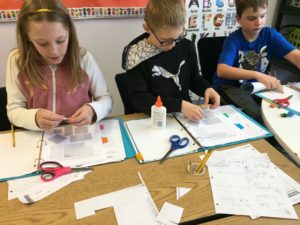
Chapter 11 Squares and Rectangles
- Review
- Math Journal
- Put on Your Thinking Caps
- Assessment on Thursday, March 28th
For Extra Fun: Logic Problems
NO homework over Spring Break but there is a packet of extra credit puzzles!
Puzzles available for extra credit and Friday (Math) Bingo
Remember: MATH …. It’s everywhere
La lectura
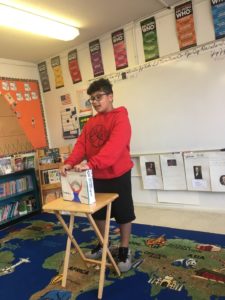 This week the student presented their cereal box book reports. It looked like everyone had fun and they all did a great job!
This week the student presented their cereal box book reports. It looked like everyone had fun and they all did a great job!
We did a fun little writing activity on Monday where students each started to write about their weekend and then passed their paper to someone else to continue their story. I asked them to focus on their handwriting and their noun-verb agreement. (There’s something about knowing their classmates will be reading your work that makes them put in the extra effort.) They all really enjoyed this round-writing activity and learned a lot!
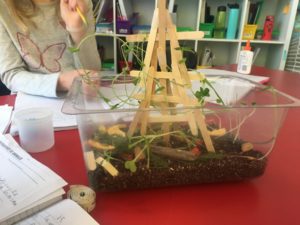 This week we also read a realistic fiction piece about a cautious and obedient young girl who overcomes a fear to get help for her ailing sister. Our objectives this week were to:
This week we also read a realistic fiction piece about a cautious and obedient young girl who overcomes a fear to get help for her ailing sister. Our objectives this week were to:
- identify author’s point of view
- practice subject-verb agreement
- begin writing a literature response journal
Ciencias
We held off starting our 3rd investigation as we will need to be present for daily observations.
The students continued recording their daily observations from Investigations 1 and 2.
Specialists
Art With Ms. Kelly
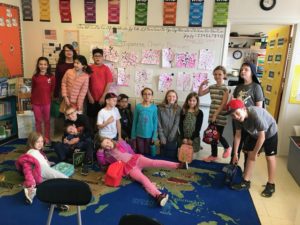 Watershed Art Design for StreamTeam Earth Day competition: Students in grades 3 through 6 learned about watersheds and their importance to our environment. All the students did a great job creating their own landscape drawings and/or paintings of a watershed. I submitted their artwork to Clark Public Utilities StreamTeam art competition which sponsors Earth Day on April 20. I’ll let you know if any of our students win a prize, and I’ll pick up the artwork after Earth Day and return it to the students.
Watershed Art Design for StreamTeam Earth Day competition: Students in grades 3 through 6 learned about watersheds and their importance to our environment. All the students did a great job creating their own landscape drawings and/or paintings of a watershed. I submitted their artwork to Clark Public Utilities StreamTeam art competition which sponsors Earth Day on April 20. I’ll let you know if any of our students win a prize, and I’ll pick up the artwork after Earth Day and return it to the students.
Art with Miss Karen: The students used oil pastel and colorful ink to make a beautiful design with their hand print and patterns.
Japanese Cherry Blossoms: The students made some lovely paintings of cherry tree blossoms in Japan, using cardboard scraps, q-tips and paint brushes. They learned about the gift of 3000 cherry trees from Japan to our nation’s capitol in 1912. These are on the bulletin board at school.
Have a wonderful spring break!
by Jill & Sarah | Mar 29, 2019 | In The Loop
History & Geography
This week we began our next unit, Americans Move West. We began a lap book for this unit and watched a video of the making of the Erie Canal. We have a field trip coming up on April 18 to go to the Columbia Gorge Interpretive Center. Please return permission slips ASAP. Students will need to ride with parent or an arranged driver. There is a sign up sheet outside the classroom door for students who need a ride and for parents who have room in their car for additional students. We will be learning more about Lewis and Clark’s journey west on this field trip. It should be lots of fun and very interesting.
Our weekly objectives were to:
• Identify some early methods of transportation that people use to settle the West
• recognize the importance of water transportation in the settling of the West
• identify Robert Fulton’s steamboat and idea for the Erie Canal
Science
Science
This week in our Simple Machine domain we learned about inertia, force, power, energy, and what a simple machine is. We had fun exploring different kinds of machines and participating in some demonstrations. The class played Force Charades on Tuesday.
Our weekly objectives were to:
• develop an understanding of quantities associated with energy, movement, and change. • identify the force that causes the machine to work.
• explain that force is the push and pull on an object.
• explain that when work is done, if the effort increases, the distance decreases, and vice versa
English Spelling and Writing
In our journals we used the idiom of the week ” Get off your high horse ” . The class had two spelling assignments and took their final test on Friday. Our Word Wall words were: they, they’re, their, there. Look for the Spring Break Bingo reading challenge in your child’s take home folder. Their goal is to get a bingo on both the English and Spanish side. Two Bingos will equal a special reward when they return from Spring Break. This is kicking off our April reading challenge for the whole month.
La lectura
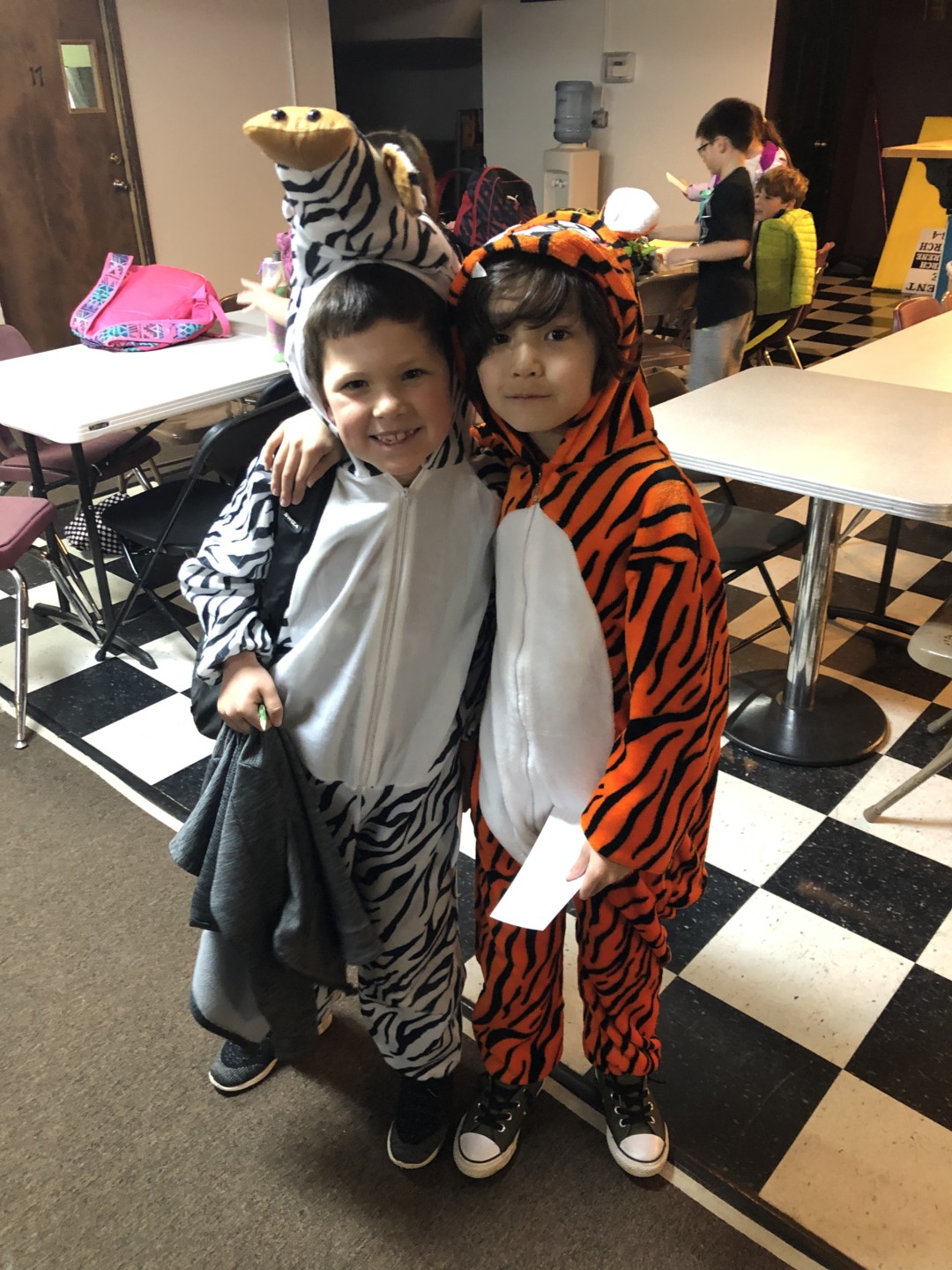
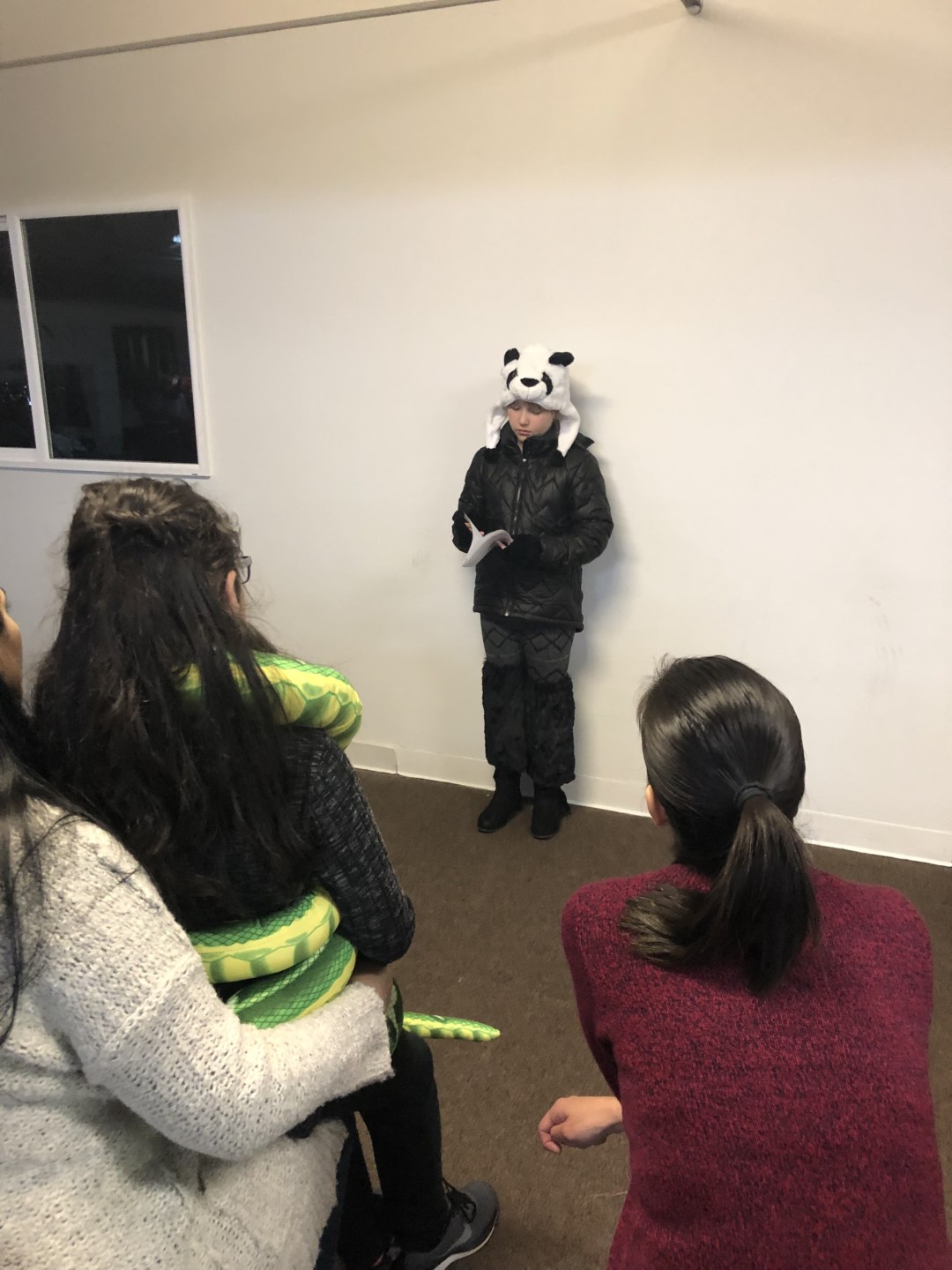
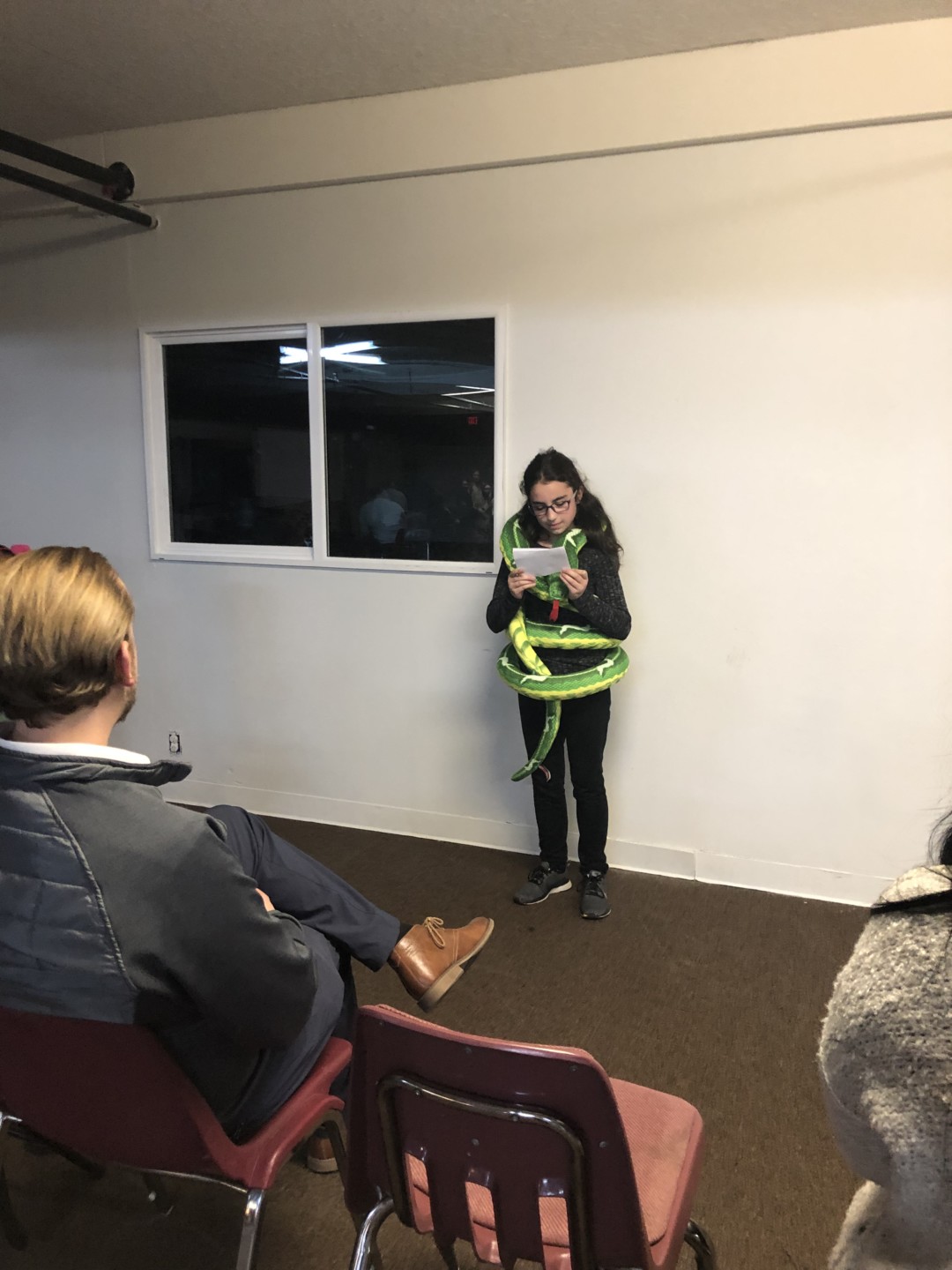
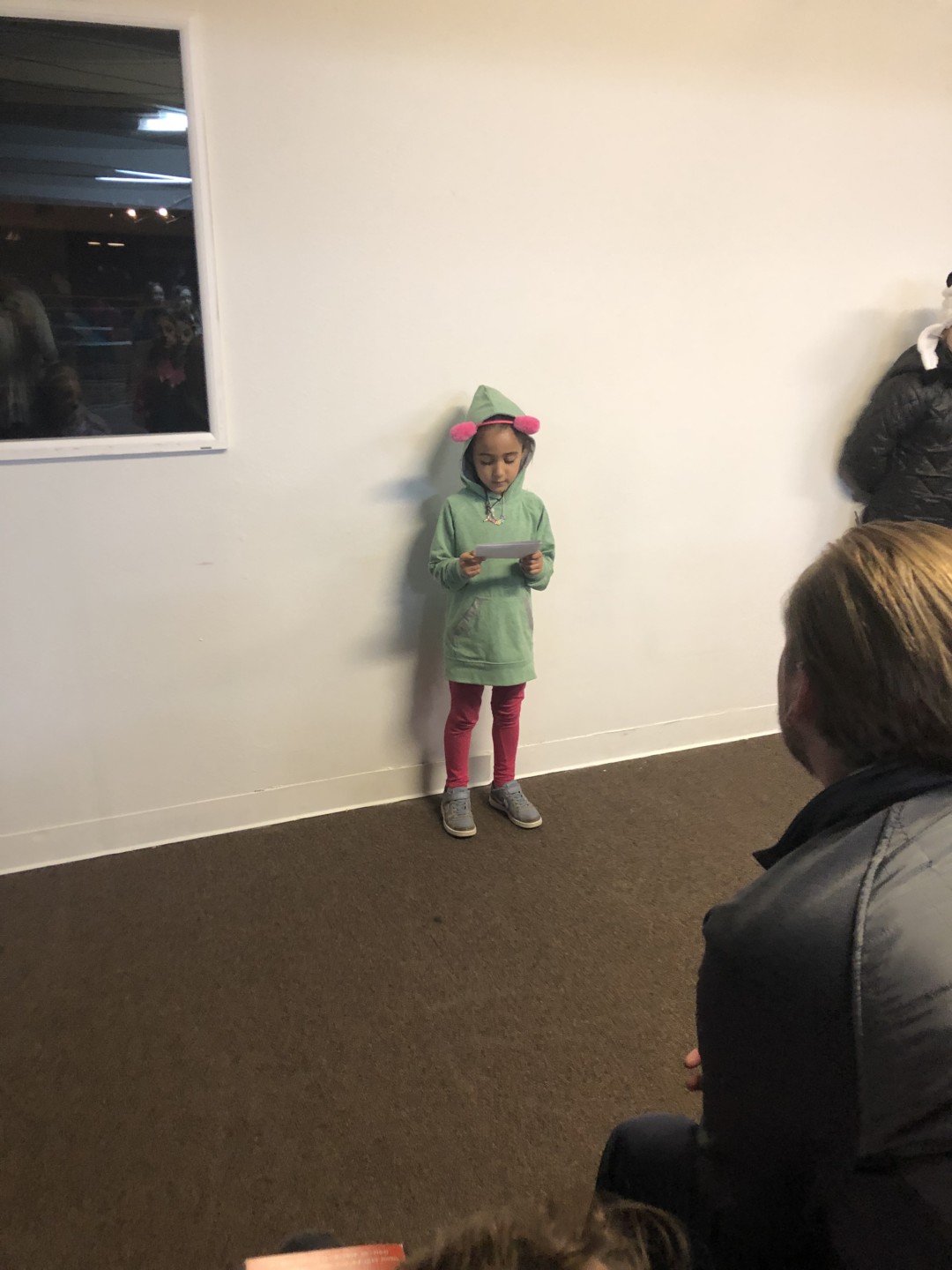
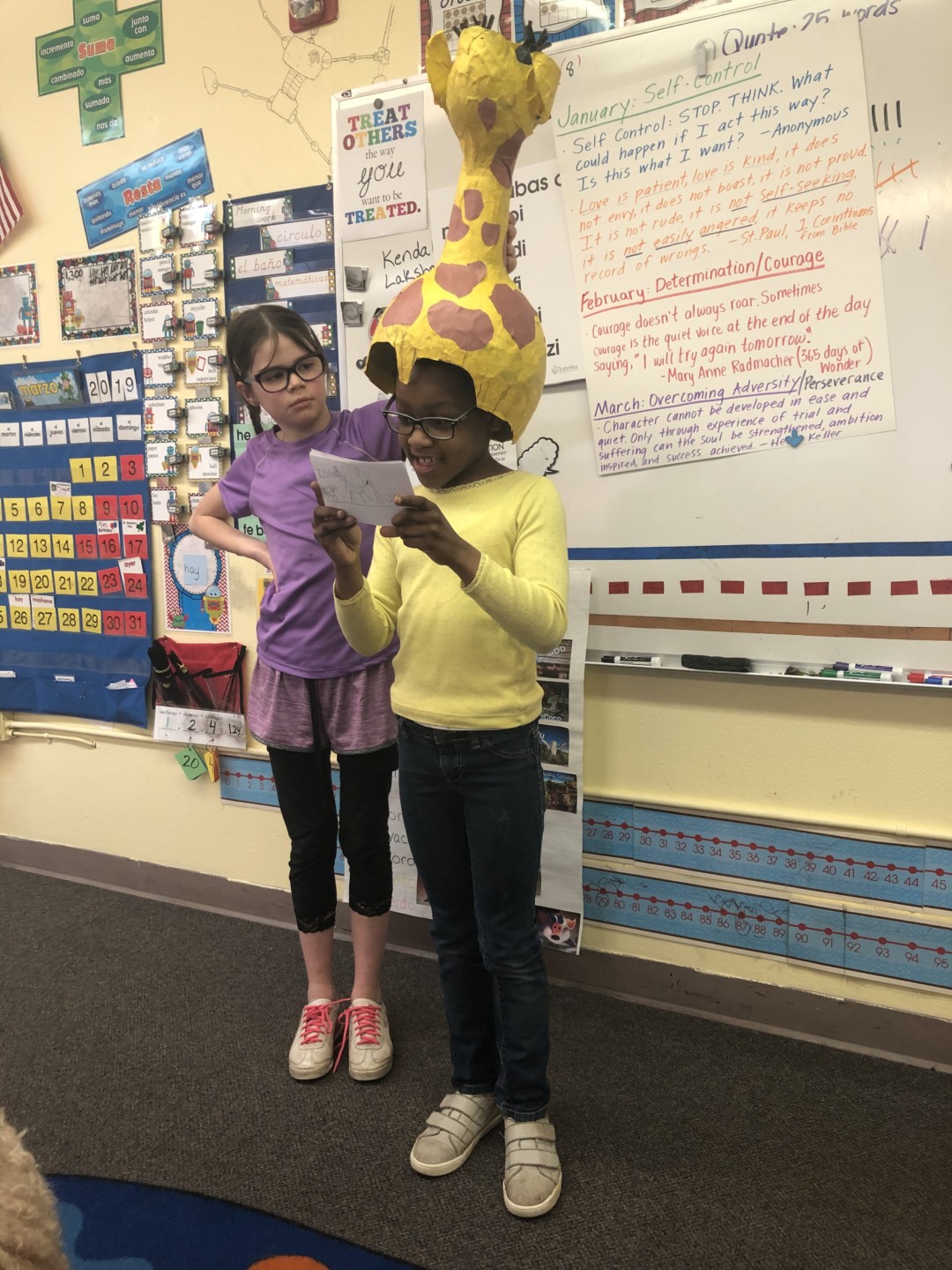 This week we finished up our animal reports.
This week we finished up our animal reports.
Our weekly objectives were to:
- Write speech is based on the reports we made last week.
- Decorate our reports with colors
- Complete our first ever Spanish presentations
This is also a reminder that there is a Spanish bingo side that lines up with the English side that kiddos can also complete over spring break for some extra prizes when we get back.
Las matemáticas
This week we finished up our measurement with feet and inches unit.
Our weekly objectives were to:
- Compare feet and inches
- Complete real world problems using feet and inches
- So what we know on the unit test
- During breaks a lot of our kiddos tend to forget stuff that we just studied, so keeping up on Prodigy is a great way to keep kids refreshed on all those measurement skills to work so hard on the last couple weeks.
Specialists:
Art With Ms.Kelly
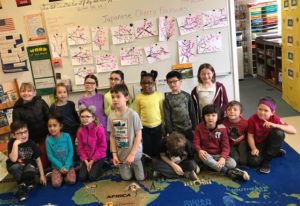 Dr. Seuss Week: We looked at McElligotts Pool (my favorite) and the students designed and painted their own fun imaginary fish!
Dr. Seuss Week: We looked at McElligotts Pool (my favorite) and the students designed and painted their own fun imaginary fish!
Art with Miss Karen: The students used oil pastel and colorful ink to make a design with their hand print and patterns.
First Day of Spring: The focus was using shapes of letters to draw a bird. The students started with a capital D letter and added shapes to make a bird. They also learned about using chalk pastels to add color to their pretty spring birds.
Japanese Cherry Blossoms: We reviewed some information from their study of Japan earlier this year, and learned about the gift of 3000 cherry trees from Japan to Washington D.C. in 1912. The students used cardboard scraps dipped in paint to create tree branches, and then paint for the blossoms. These beautiful pictures are on the bulletin board at school.
Have a wonderful spring break!
by Sarah Segall | Mar 29, 2019 | In The Loop
La lectura

Reading with a partner!
This week we read a very fun book: Dragones y Tacos! The kids LOVED it!
We practiced a lot of sentence formation, orally and in written form. Students have progressed to writing two sentences in their writing journals.
PLEASE try to remember to have your child read to you each and every day. Reading really is the most important thing you can do for your child’s education. I saw some disappointed kiddos this week when they repeatedly did not pass to a new book. Daily practice will certainly help them achieve this goal!
Las matemáticas
We completed our measurement unit this week with comparisons of height, length, and weight. This was a really fun unit for the kiddos! They are doing such a great job using their math skills and sentence skills!
After break we will spend some time working with addition and subtraction stories. Please be sure to continue reading during break because this will help them be ready for math story-problems when they return!
History & Geography
This week in Colonial trades people, we learned about education for boys and girls and schools . We read a story, called “Three Merry Wives” and “Stone Soup”. Both stories reviewed trades, their material and tools . In Daily Geography we worked on location and places relative to land and water. We have a field trip on April 16 to Fort Vancouver. This trip will support our Colonial trades people unit. Please return the permission slips ASAP. Students will need to get a ride with their parent or an arranged driver. Their is a sign up sheet outside the classroom for students who need a ride and drivers who have room for additional classmates in their car.
Our weekly objectives were to:
• describe characteristics of colonial common schools
• describe a teacher as a townsperson responsible for educating young people
• identify, and associate with trade, the tools and material used
• act out the story using information based on literary language (plot, setting, etc.) and temporal vocabulary (first, next, finally)
• use and recognize location vocabulary, answer questions about locations
Science
Science
This week in our Taking Care of the Earth domain we finished up our lessons and did some review activities and an air pollution experiment. We took our unit assessment on Friday. We also wrote about what we can do to take care of the earth in our journals.
Our weekly objectives were to:
• identify possible solutions for the problems of garbage, litter, pollution, and conserving natural resources discussed throughout the domain
• understand why people have a special responsibility to take care of the earth.
Specialists
Art with Ms. Kelly
 Dr. Seuss Week: We read McElligotts Pool (my favorite) and the students designed and painted their own fun imaginary fish!
Dr. Seuss Week: We read McElligotts Pool (my favorite) and the students designed and painted their own fun imaginary fish!
Art with Miss Karen: The students used oil pastel and colorful ink to make a design with their hand print and patterns.
First Day of Spring: The focus was using shapes of letters to draw a bird. All the spring birds on the bulletin board started with a capital D!
Japanese Cherry Blossoms: The students learned how to use cardboard scraps dipped in paint to create a capital Y tree shape, and then q-tips dipped in paint for the blossoms. We learned that Japan gave 3000 cherry trees to our nation’s capitol in 1912, to honor the friendship between our country and Japan.
Have a wonderful Spring Break!
by Ivary & Paola | Mar 22, 2019 | In The Loop
La Lectura
This week we spent most of our time on science. We were very efficient with the use of our time and were able to cover our Literacy fundamental routines. These included:
Essential Question: How do people uncover what they have in common?
Genre studies: Fiction
Spelling: Consonant Clusters
Word Work: Homophones and Homographs
Grammar: Understand the use of possessive pronouns.
Ciencias
What are the basic genetic mechanisms that determine the traits expressed by individuals in a population?
This part of the investigation/ discussion introduced students to the structures and mechanisms of heredity. They learned the structures involved: cell, nucleus, chromosome, allele, and gene. They were introduced to the functional relationships that determine genetic processes: genotype, phenotype, dominant allele, and recessive allele. Students practiced decoding the genotype of a larkey to discover what traits it has. They read an article that included a brief history of the discoveries leading to the understanding of genetics and a review of the structures and mechanisms involved.
• The individuals in every population vary from one another in their traits.
• Heredity is the passing of information from one generation to the next.
• Chromosomes are structures that contain hereditary information and transfer it to the next generation; they occur in nearly identical pairs in the nucleus of every cell.
• Genes are the basic units of heredity carried by chromosomes.
Mathematics
This week we learned about circles!
- We learned how to find the area of a circle
- We learned how to find the length of arcs
- We learned how to find the perimeter of a circle, also called the circumference
- We learned how to find the area and circumference of different figures
(Written by:Christian)
History & Geography
This week we learned about the Romantic revolution and the Neoclassical revolution.
- We learned the differences between neoclassical and romantic revolucion.
- We learned about the arts, and composers of that time
- We read a poem by William Wordsworth and drew bits of the poem.
(Written by:Maddie)
English Writing & Spelling
In writing this week we continued working on our argumentative writing piece.
- Worked on CUPS which stands for capitalization, usage, punctuation, and spelling.
- We completed our peer reflection
In Greek and Latin Roots this week we
- Learned the roots tri, quad, quint, quar, and penta which means three, five and four.
- Finished writing new words in our bingo board and completed our definitions
(Written by: Sophia)
by Sarah Segall | Mar 22, 2019 | In The Loop
History & Geography
- Understand the further actions of Parliament and the colonial responses to these actions.
- Explain what happened at the Boston Massacre.
- Identify Sam Adams and explain his role in forming the Committees of Correspondence.
- Describe the colonists´ attitude toward Britain after the Boston Massacre.
- Explain how the Committees of Correspondence formed and what their purpose was.
- Understand the events that resulted in the Boston Tea Party.
- Describe what happened at the Boston Tea Party.
- Explain what the Intolerable Acts were.
- Describe the colonists´ reactions to the Intolerable Acts.
- Identify the First Continental Congress and explain why it met.
- Understand the outcome of the First Continental Congress.
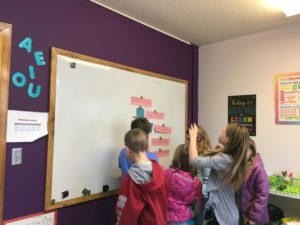
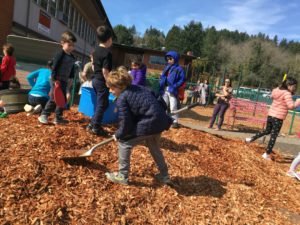
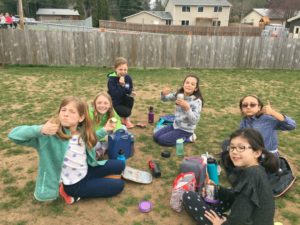 Mathematics w/Laura
Mathematics w/Laura
Week of March 18, 2019 – March 22, 2019
Chapter 11 Squares and Rectangles
- Squares and Rectangles (sides and angles)
- Properties of Squares and Rectangles
- Alert: Chapter 11 Assessment on Thursday, March 28th
Puzzles available for extra credit and Friday (Math) Bingo
Remember: MATH …. It’s everywhere
La lectura
This week we have been doing a lot of reading in our science studies! Our language arts objectives were:
- Correctly identify and form the different types and classes of sentences.
- Determine and eliminate excess words from sentences.
- Ask questions to clarify cereal box requirements
Reminder: Cereal Box book reports are due 3/29. Students who are leaving town early need to turn it in before they leave.
Spelling test: Friday, March 29th.
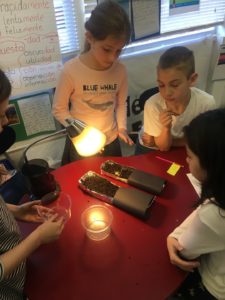
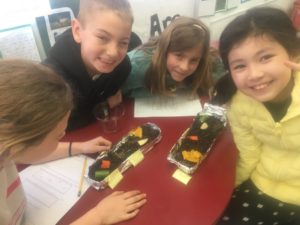
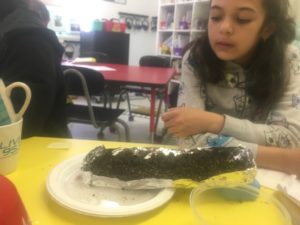
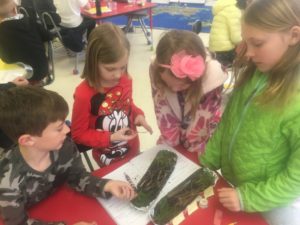
Ciencias
This week we tested how our isopods and beetles reacted to light. We conducted an experiment covering part of their runways and then recorded their locations after 10 minutes and again after an hour.
Students designed their own animal investigations using the runways. We went out and collected additional materials for this. Some environmental factors that could be tested in the runways are:
- Things to hide under at one end of the runway.
- Put leaves, grass, or twigs at one end of the erunway to find out food or shelter preference.
- Temperature (hot side vs. cold side)
by Jill & Sarah | Mar 22, 2019 | In The Loop
History & Geography
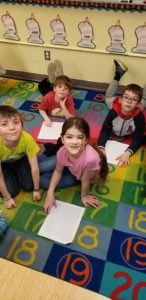
Practicing our reader’s theater.
This week we finished our unit on the War of 1812. We read about Old Ironside, the Treaty of Ghent, the Battle of New Orleans, and the outcomes of the war. On Thursday the class had fun doing a reader’s theater about the key people in this unit. We had our assessment on Friday.
Our weekly objectives were to:
• Understand the meaning of the “Star Spangled Banner” by analyzing the language used by Key, and why it is our national anthem.
• Identify significant individuals and groups in the War of 1812
• Explain why the Battle of New Orleans was fought after the signing of the Treaty of Ghent
Science
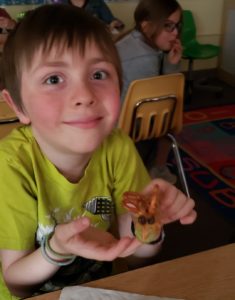 We took our domain assessment this week and the class did terrific; we really know our bugs and insects! On Thursday, as a reward, we watched “Miniscule” and had some insect snacks. Friday we began our last science domain, Simple Machines. To kick off this new unit we learned a Simple Machines song and did a lesson on “work” comparing different ways to make butter and the amount of work involved.
We took our domain assessment this week and the class did terrific; we really know our bugs and insects! On Thursday, as a reward, we watched “Miniscule” and had some insect snacks. Friday we began our last science domain, Simple Machines. To kick off this new unit we learned a Simple Machines song and did a lesson on “work” comparing different ways to make butter and the amount of work involved.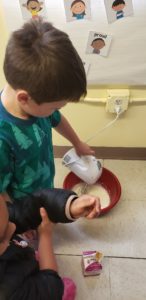
Our weekly objectives were to: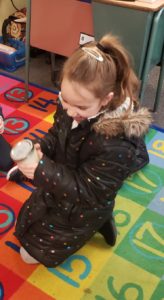
• review and assess what we’ve learned in our insect domain
• develop an understanding of quantities associated with energy, movement, and change
• identify that machines help us work and name different types of machines and how they work
English Spelling and Writing
In our journals we used the idiom of the week ” She has ants in her pants ” . The class got their new spelling sort and took their practice test on Friday. Our Word Wall words were: slow, those, that’s, thank.
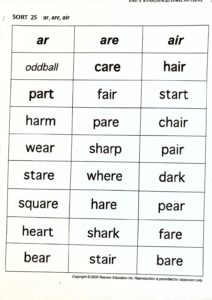
Blue spelling sort
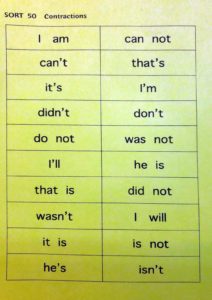
Green spelling sort
La lectura
This week we created our Animal Reports.
Our weekly objectives were to:
- read and highlight important information from an article about our animal
- answer comprehension questions about the article
- write a report about your animal using the information you learned
- High Frequency Words for the week: niño niña mejor tu reír quién pero (quiz on Monday!)
Las matemáticas
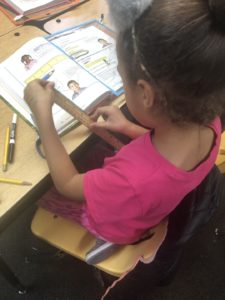
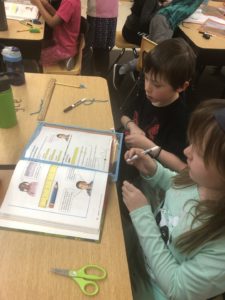 This week we began learning about customary units of measurement. Our weekly objectives were to:
This week we began learning about customary units of measurement. Our weekly objectives were to:
- compare lengths
- find the difference in lengths of objects
- use a ruler to estimate and measure length in feet and inches
- draw parts of lines given the length
by Sarah Segall | Mar 22, 2019 | In The Loop
La lectura y Las matemáticas
We are having a blast with our hands-on measurement activities. The students also continue to work on their number identification and counting skills. They are starting to see the patterns to count by 2’s!
They also are working on their estimation skills! Avi will bring in the estimation jar for next week.
They are becoming more and more confident in their Spanish sentences with the word of the day. They are doing a great job dictating to themselves and are becoming more confident in their journal writing.
Students should be reading their books every day to help with their fluency!

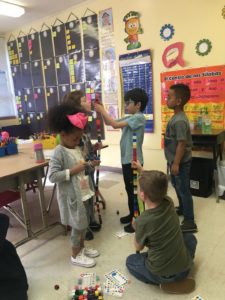
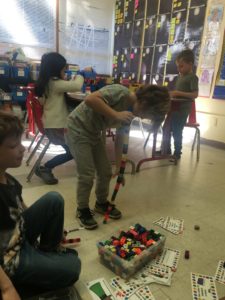
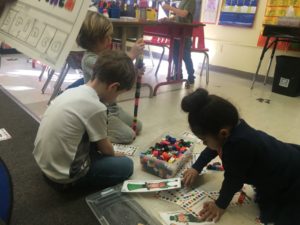
History & Geography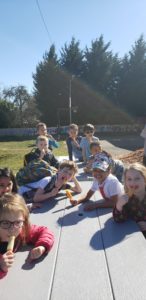
This week in Colonial trades people, we learned about the blacksmiths. We read a story, called “The Little Gray Pony”, that illustrated how trades were sometimes dependent on one another. In Daily Geography we worked on relative and absolute location.
Our weekly objectives were to:
• describe the blacksmith’s trade
• identify, and associate with the blacksmith trade, the tools and material used.
• retell the story using literary language (plot, setting, etc.) and temporal vocabulary (first, next, finally).
• use and recognize location vocabulary, answer questions about locations.
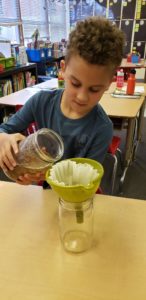 Science
Science
This week in our Taking Care of the Earth domain we continued to learn about pollution. We read about air and water pollution. We finished our polluted water experiment on Thursday.
Our weekly objectives were to:
• understand that air pollution from one location can make even the air that it’s far away in other places around the world dirty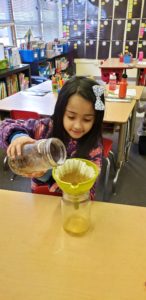
• identify sources of air pollution, including cars and electricity produced by coal-fired power plants
• explain how to reduce air pollution by conserving natural resources • identify sources of water pollution including factory waste and garbage
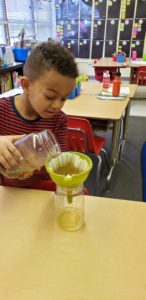
• explain that a water treatment plant can remove unhealthy chemicals and pollutants from water to make it usable again
 What a busy week! We started our new unit En equipo / On a team. This unit is all about working together in groups or teams to make things easier. Our first story in this unit was Torta de cumpleaños by Ivar Da Coll. This story was written as a skit and told how everyone combined their birthday gifts to bake an amazing cake for everyone to share.
What a busy week! We started our new unit En equipo / On a team. This unit is all about working together in groups or teams to make things easier. Our first story in this unit was Torta de cumpleaños by Ivar Da Coll. This story was written as a skit and told how everyone combined their birthday gifts to bake an amazing cake for everyone to share. Las matemáticas
Las matemáticas Science
Science




















 This week we finished up our animal reports.
This week we finished up our animal reports.
























